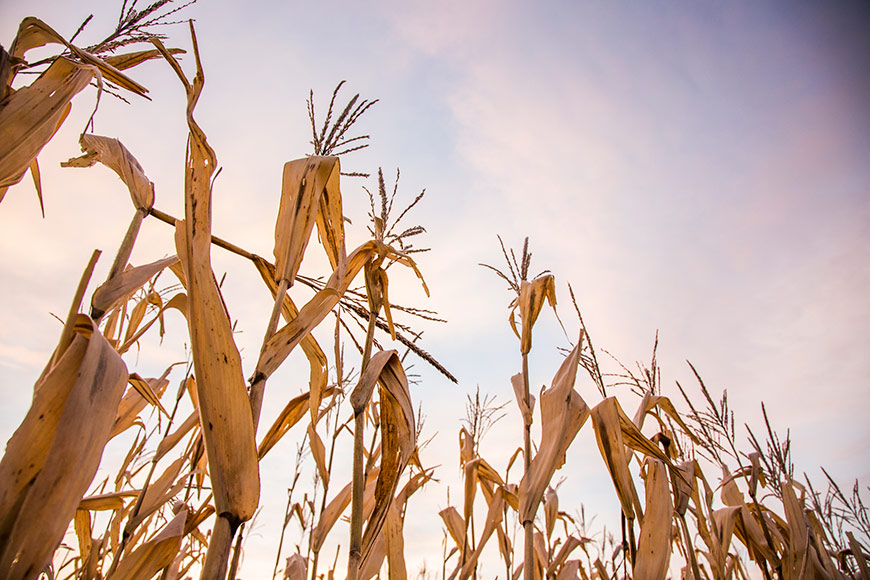Record Solid Data to Make Sound Nutrient Decisions

Take a look…backwards
It’s true that the R7 Field Forecasting Tool is primarily an in-season solution. But it can help you make some decisions now. For example, if you applied nitrogen last fall, did that affect your nitrogen decisions this season? The Field Forecasting Tool lets your advisor input last year’s info, including the date and rate of application, to see if that nitrogen helped boost your yield potential this season. This data can also help you see what adjustments you may need to make for 2019 nutrient planning.
Use your soil test results
Information collected through a soil test is an important piece of creating the R7 Field Forecasting Tool model. Average potassium and pH levels are particularly crucial. These measurements will determine fertility recommendations specifically around phosphorus and potassium for fall-applied nutrients. However, these do not play into fall-applied or even spring-applied nitrogen applications. Soil tests are designed to help you determine what macronutrients are lacking, but not necessarily nitrogen.
That said, potassium and even phosphorus can play a role in how effectively nitrogen is taken up by a plant. When you do your fall soil sampling, make sure your agronomist has that data in the Field Forecasting Tool, because it will be important when making in-season application decisions in 2019.
Make data-driven decisions
To make sound agronomic decisions, you need as much solid information as you can get. That’s what the R7 Field Forecasting Tool can help you gain. With your agronomist, take a look at historical data and use that to determine any necessary fall nutrient applications. The tool can tell you through modeling why you need to be collecting pertinent nutrient data, looking back and taking that data into account, looking forward to projections, and determining how you can make good plans for 2019 based on what the tool says. And if you do apply nitrogen this fall, make sure you document rates and timing, feed it into the Field Forecasting Tool, and use it to make good in-season decisions at the best times next year.
© 2018 WinField United. R7® and WinField® are trademarks of WinField United.


